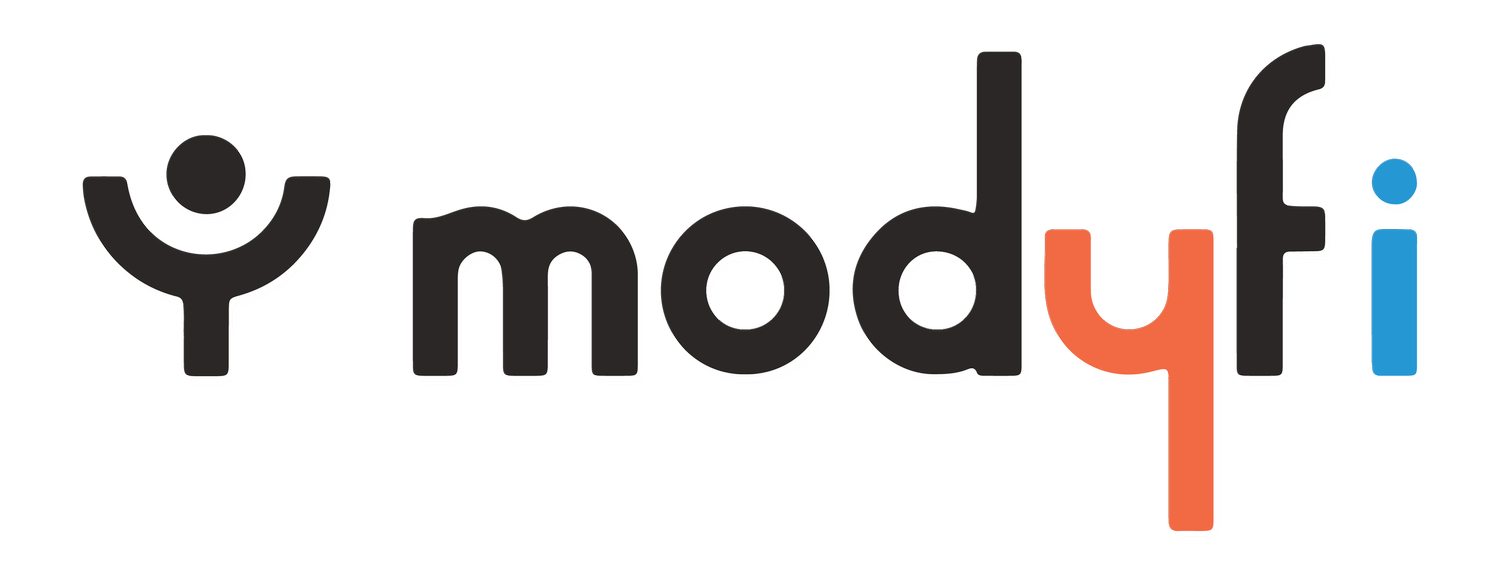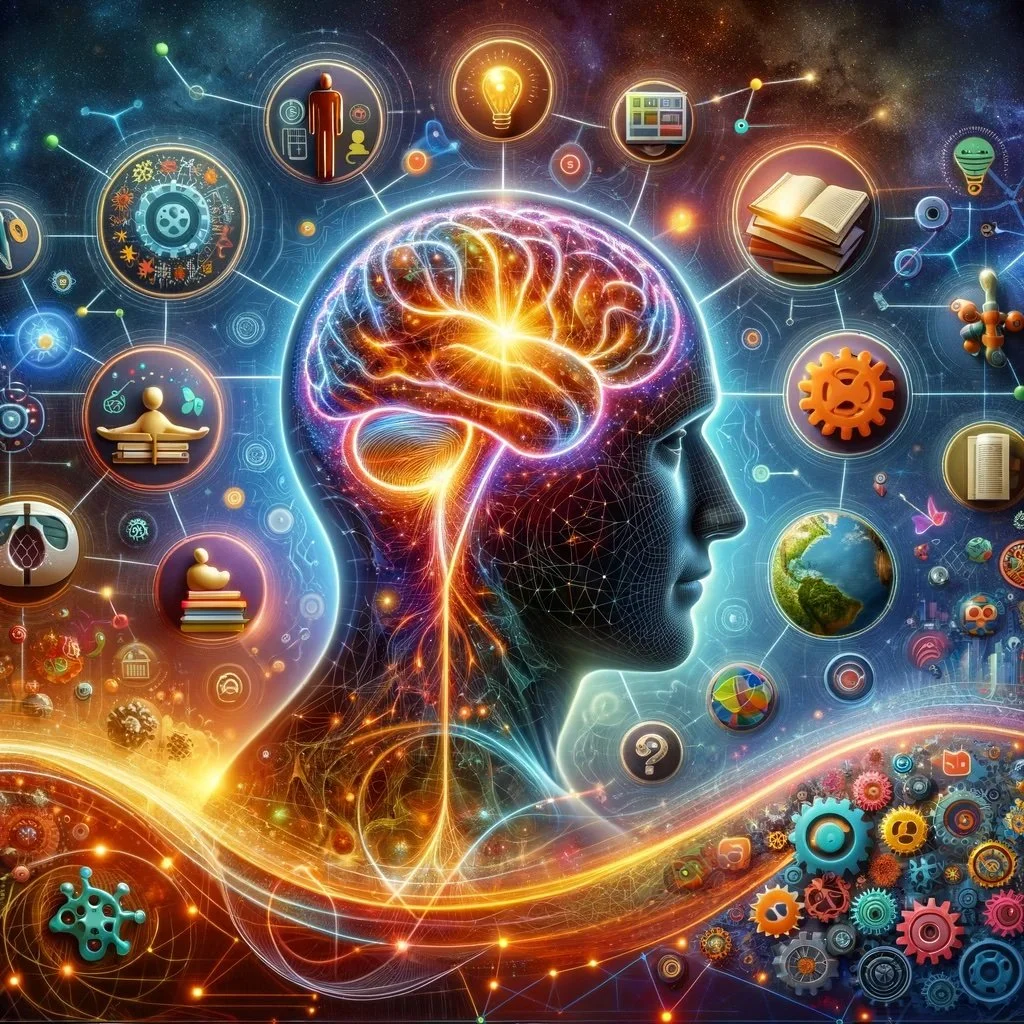Innovative Strategies for Managing ADHD: An Integrative Approach
There are more children and adults diagnosed with ADHD now than ever before. Because ADHD can have such a profound impact on daily life, it is important to understand not only the condition, but treatment options. While pharmaceuticals have traditionally been a first line option, there is an increasing demand for alternative and integrative treatments.
ADHD, attention deficit/ hyperactivity disorder, is a common psychiatric condition that can impact executive functioning, cognitive processing, and attention allocation. 11% of school aged children have an ADHD diagnosis, and about 75% of childhood cases will persist into adulthood (1). While ADHD is usually diagnosed by the age of 12, it can be diagnosed in adulthood as well. The DSM-5 (Diagnostic and Statistical Manual of Mental Disorders) divides ADHD into 3 subtypes (predominantly inattentive, hyperactive impulsive, and combined) with different symptoms and presentations (1). Those with the predominantly inattentive subtype have trouble sustaining attention and organizing. They may lose things easily, become distracted often, or dislike projects requiring sustained effort. Hyperactive impulsivity is characterized by restlessness, excessive talking, difficulty taking turns, or interruptions. The combined subtype has characteristics of both.
Proper diagnosis and treatment of ADHD is crucial to avoid consequences. These can include school failure, depression, problems with relationships, substance abuse, delinquency, accidental injuries, and problems with employment (4). Individuals with ADHD are often at risk for co-existing mental health conditions. Children and adolescents may present with conduct disorder, oppositional defiant disorder, anxiety, depression, or eating disorders (girls present with eating disorders more than boys). Adults may have anxiety, depression, or bipolar disorder along with ADHD. The exact cause of ADHD is unknown. Vaccines do not cause, or contribute to, ADHD in children or adults. There seems to be a strong genetic link, as individuals with ADHD often have close family members with ADHD as well. We do know that certain inputs, such as too much TV, too much sugar, stress, and trauma, can worsen ADHD symptoms and severity in people already diagnosed with ADHD (1).
Pharmacological Treatment:
Pharmaceuticals are often prescribed by doctors to treat ADHD in both children and adults. These drugs have benefits and risks associated with them, just like any drug for any condition. The first drugs prescribed are usually stimulants (such as methylphenidate (MPH) and amphetamines (AMP)) that work by blocking the uptake of dopamine and norepinephrine in the brain, thus raising levels (individuals with ADHD have lower levels of these two neurotransmitters). These drugs can be short, intermediate, or long lasting, though the long-lasting preparations are usually preferred. Side effects may include insomnia, headache, anxiety, loss of appetite, weight loss, and increases in heart rate and/or blood pressure.
Psychostimulants aren’t the best choice for everyone, particularly those with anxiety or heart conditions. Non-stimulant drugs, such as atomoxetine (brand name Strattera), work by blocking norepinephrine uptake. When choosing a drug, providers consider medical history, any coexisting conditions, symptom severity, and lifestyle. It is important to take ADHD medications only when prescribed to you and at the dosage prescribed by your providers.
St. John’s Wart, ginkgo biloba, and french maritime pine wart remedies have been suggested as potential herbal therapies for ADHD. The current research does not support using these to treat or alleviate ADHD symptoms. (8)
Alternative Treatments:
Cognitive Behavioral Therapy (CBT)
While medication can be incredibly helpful, sometimes they aren’t enough (or they aren’t an option for everyone). Cognitive behavioral therapy (CBT) is a type of talk- therapy that is focused on cognitive restructuring and positive, adaptive coping skills. It can help individuals with ADHD learn to recognize and devise coping strategies for attention problems, restlessness, organizational problems, and/or distractions (and more). Research has shown that adults with ADHD tend to use maladaptive coping strategies (such as escapism and avoidance) to deal with ADHD symptoms (2). A licensed therapist can help these individuals shift from maladaptive (negative) coping strategies to adaptive (positive ones) coping strategies so they can live with less impairments from ADHD (10). CBT can be particularly useful for people who also feel an immense amount of stress. Adults with ADHD have been found to have perceive stress levels higher than controls without ADHD following similar situations. Stress can exacerbate ADHD symptoms. CBT can help individuals create strategies to cope not only with ADHD symptoms, but stress as well (10).
Exercise
Here at Modyfi, we talk a lot about how exercise is great for mental health in general, and ADHD is no exception! Regular exercise has both acute (short-term) and chronic (long-term) effects that can positively impact ADHD symptoms. Exercise increases levels of certain neurotransmitters in the brain, including dopamine and GABA, both of which may be low in individuals with ADHD (9). Dopamine plays a role in memory, motivation, and pleasure. GABA can reduce anxiety, stress, and fear. Acute effects of exercise include improved cognitive control and flexibility, improved attention allocation skills, and improved processing speed (3). Acute effects will be noticeable immediately following an exercise session. It may be useful for individuals with ADHD to exercise prior to tasks that require attention or increased cognition. Chronic effects include improved memory, improved processing speed, improved executive function, and improved attention span (3). If you are new to exercise, start slow and consult a professional who can help you create an exercise program that is appropriate for your lifestyle, abilities, and goals.
Mindfulness
The practice of mindfulness is gaining a lot of traction in the field of psychology, and for a good reason. Mindfulness can be described as being fully present and aware of your body and your surroundings, without becoming overly reactive or overwhelmed to sensations. Mindfulness-based interventions (MBIs) have been studied and used for a variety of mental health conditions, such as anxiety, depression, PTSD, and ADHD. MBIs have been shown to significantly improve cognitive task performance compared to standard ADHD treatment. Additionally, it has been shown to improve self-compassion and positivity in people with ADHD. (7) MBIs are cost effective, feasible, and can even be delivered in a group setting. It may be especially helpful for individuals who do not respond well to pharmacological interventions. When starting a mindfulness based practice, it is okay (and preferred) to start small. While taking a walk, or even doing chores around the house, start to become aware of your breath. Pay attention to the smells and sounds around you and the temperature and texture of the things you touch. If other thoughts start to pop into your head- and it is likely they will- acknowledge them, but don’t engage. Remember, mindfulness is a skill that can be improved upon. Don’t get discouraged if you don’t get the hang of it right away.
Omega-3 Fatty Acids
Omega-3 fatty acids have been linked to improved cognitive function and behavior in individuals with ADHD. Incorporating omega-3-rich foods, like salmon, flaxseeds, and walnuts, into the diet can be beneficial.
Elimination Diets
Elimination diets that remove certain additives, sugars, and allergens may help manage ADHD symptoms. Supervision by healthcare professionals ensures these diets are nutritionally balanced and effective.
Scheduled Breaks
Incorporating scheduled breaks into daily routines allows individuals with ADHD to manage their energy and attention spans more effectively. These breaks can include short walks, stretching, or mindfulness exercises.
Sensory Integration Activities
Activities that stimulate the senses, such as playing with textured materials or engaging in aromatherapy, can help in regulating attention and reducing impulsivity.
Time Management Techniques
Using time management techniques, such as timers and visual schedules, helps individuals with ADHD balance their daily activities, ensuring a mix of work, play, and rest.
Other considerations
There is a lot of information online and in the media regarding nutrition and ADHD. Unfortunately, most of it is not grounded in science. Blindly following specific diets will not improve symptoms, and may actually lead to nutrient deficiencies and a worsening of symptoms. There are a few dietary components, however, that can be eliminated, added, or modified from/ to the diet that may help. Excess added sugar in the diet worsens ADHD symptoms (it does not cause ADHD, however). Reducing added sugars and opting for naturally sweet foods, such as fruit, is a feasible option. Caffeine may worsen ADHD symptoms in individuals who also have anxiety, and can be reduced. It should be reduced whenever one is taking a stimulant pharmaceutical, such as adderall.
Recently there has been an interest in the role of artificial food colorings in exacerbating ADHD symptoms in children. The FDA is looking into 8 dyes: FD&C Blue 1and 2, FD&C green 3, Orange B, FD&C Red 3, Red 40, and FD&C Yellow 5 and 6. Research is not definitive yet, so no conclusions can be drawn, however the recommended limit for children is 12mg per day. The average child may consume over 100mg a day. The best way to reduce artificial food colorings in the diet is to switch to a more whole foods based diet rich in fruits, vegetables, legumes, nuts, seeds, and whole grains. (5)
What next?
ADHD management benefits from a comprehensive approach that integrates nutritional, psychological, educational, and environmental strategies with balance techniques. By adopting these varied approaches, individuals with ADHD can achieve improved focus, reduced hyperactivity, and a higher quality of life.
This article's integrative and holistic perspective on managing ADHD underscores the potential for achieving significant improvements in symptom management, offering a path toward a balanced and fulfilling life for individuals with ADHD.
If you’re suffering from ADHD, know that there are a variety of treatment options available to help you live a productive and purposeful life. At Modyfi, we are equipped to take a multi-faceted approach that includes both traditional approaches (such as medication and therapy) and non-traditional approaches (such as exercise and nutrition). Schedule an appointment today with one of our licensed providers to get started!
References:
About ADHD - symptoms, causes and treatment. CHADD. (2019, June 13). Retrieved May 4, 2022, from https://chadd.org/about-adhd/overview/
Barra, S., Grub, A., Roesler, M., Retz-Junginger, P., Philipp, F., & Retz, W. (2021). The role of stress coping strategies for life impairments in ADHD. Journal of neural transmission (Vienna, Austria : 1996), 128(7), 981–992. https://doi.org/10.1007/s00702-021-02311-5
Den Heijer, A. E., Groen, Y., Tucha, L., Fuermaier, A. B., Koerts, J., Lange, K. W., Thome, J., & Tucha, O. (2016). Sweat it out? the effects of physical exercise on cognition and behavior in children and adults with ADHD: A systematic literature review. Journal of Neural Transmission, 124(S1), 3–26. https://doi.org/10.1007/s00702-016-1593-7
Diagnosis of ADHD in adults. CHADD. (2018, May 24). Retrieved May 4, 2022, from https://chadd.org/for-adults/diagnosis-of-adhd-in-adults/
Mahan, L. K., & Raymond, J. L. (2017). Medical Nutrition Therapy for Intellectual and Developmental Disabilities . In Krause's Food & the Nutrition Care Process (pp. 924–925). essay, Elsevier.
Medication management. CHADD. (2020, October 6). Retrieved May 4, 2022, from https://chadd.org/for-adults/medication-management/
Poissant, H., Mendrek, A., Talbot, N., Khoury, B., & Nolan, J. (2019). Behavioral and cognitive impacts of mindfulness-based interventions on adults with attention-deficit hyperactivity disorder: A systematic review. Behavioural Neurology, 1–16. https://doi.org/10.1155/2019/5682050
U.S. Department of Health and Human Services. (2019, April). ADHD and complementary health approaches: What the Science says. National Center for Complementary and Integrative Health. Retrieved May 4, 2022, from https://www.nccih.nih.gov/health/providers/digest/adhd-and-complementary-health-approaches-science
Watson, S. (2021, February). How exercise can help with adult ADHD: Brain chemistry and more. WebMD. Retrieved May 4, 2022, from https://www.webmd.com/add-adhd/adult-adhd-and-exercise
Young, J. L., & Goodman, D. W. (2016). Adult attention-deficit/hyperactivity disorder diagnosis, management, and treatment in the dsm-5 ERA. The Primary Care Companion For CNS Disorders. https://doi.org/10.4088/pcc.16r02000

